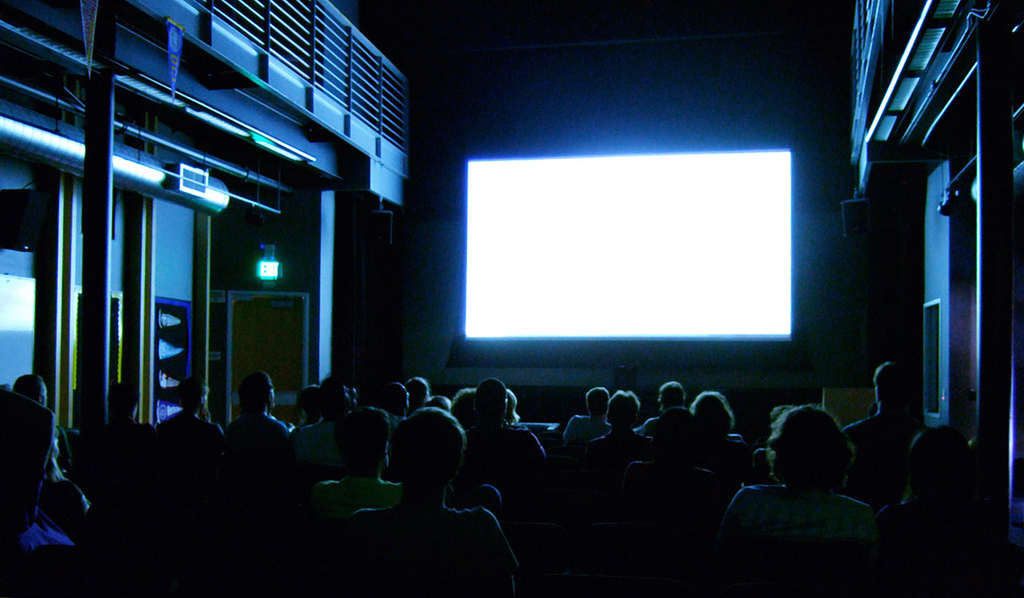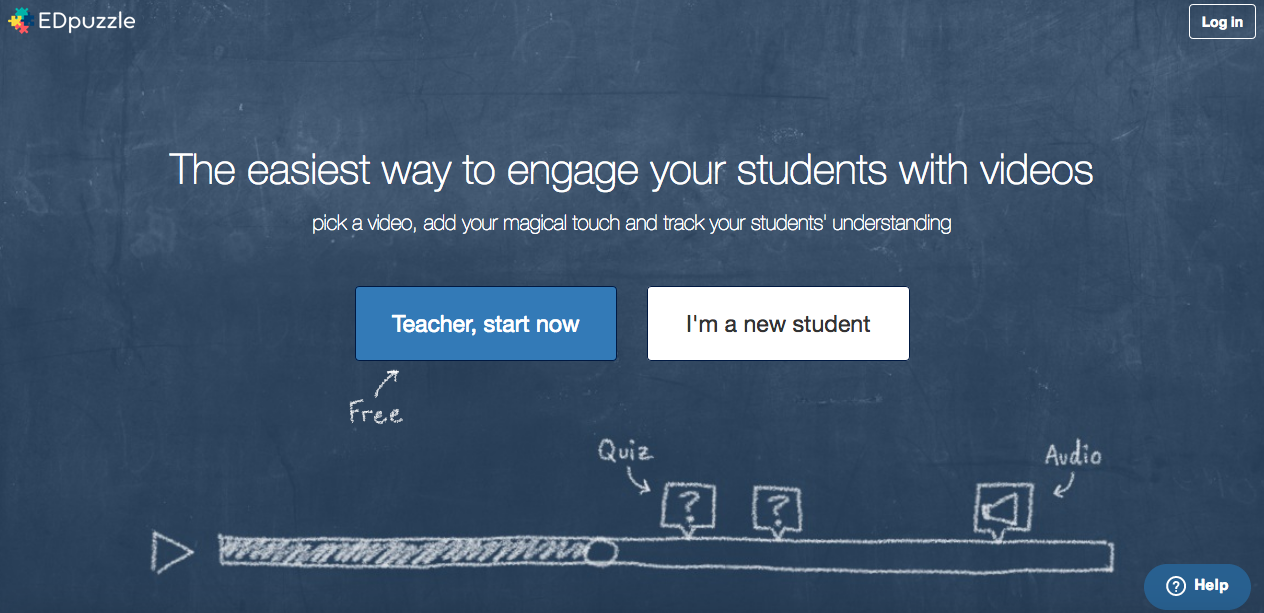School Isn't The Movies: Unlecture Video Instruction
By Oskar Cymerman | @focus2achieve | BAM! Radio Network & Teaching Channel Blogger
Videos can be a great way to deliver content learning to students. But how do you leverage video instruction to maximize learning? After all, school isn't the movies.
EDPuzzle
I use EDPuzzle to prep videos for instruction. You can sign up for free as a Teacher, upload and trim YouTube or other videos, and insert questions (quizzes) or prompts for students to answer or discuss during the video. Students sign in with a Join Code you give them or via their Google Classroom email.
I recommend trimming videos to less than 10 minutes and include a question/prompt every 2 minutes or so. For example, I used a 5 minute video today and included 3 discussion prompts in it.
Collaboration
Students usually expect a video to be shown via the LCD projector to everyone all at once. It may be accompanied by a worksheet they are supposed to fill out as they watch... That approach is time efficient, but is it effective?
Multitasking is ineffective, so why ask them to pay attention to the video and write down answers at the same time? And, no time is allowed to process concepts during the video.
I ask my students to watch the video with a partner or as a group of 3 or 4 using the Chromebooks I have or their own devices.
This is something they are not used to, so you have to sell it. I talk about the fact that we avoided being sabre tooth dinner by working in groups, cooperating, and having a common goal: survival. And I explain that our brains got much bigger than those of the other species with better physical attributes due in part to collaboration, which led to world domination. World Domination sounds kind of cruel, but kind of cool at the same time.
As students watch in EDPuzzle, the video stops at strategically chosen points and students discuss each prompt. This allows them to "fill in the blanks" in the information they might have missed and offers multiple interpretations and perspectives. Additionally, students can teach each other by explaining concepts they understand better than their teammates.
At the end, I ask students to write a group summary of the main concepts and, depending on time, we might share summaries. We then do a follow up activity that allows students to somehow apply the knowledge.
Why "Unlecturing" Is Better
Besides the few reasons I named, it is beneficial to "unlecture" videos (or presentations) as they allow for multiple ways to process the information. Students interact with the video and the content longer, which is less time efficient, but that's precisely the point.
Quality trumps quantity. Less material, more understanding. This is how the brain likes to learn: less "stuff," but more processing time leads to more retention, greater depth, and better understanding.
To me, that is what the education game is all about: decreasing the noise to increase the learning. What do you think?
Hey, sign up for my Newsletter and we'll learn more together.
You Have The Power To Change The World. Use It Often.


